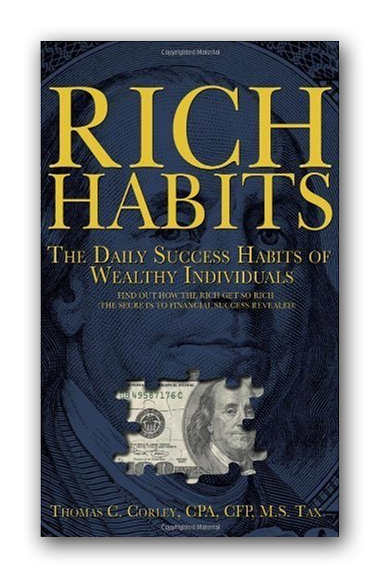
About two years ago, I began intermittent fasting. This requires me to go about 14 hours without eating in order to maintain a ketonic state.
When you are in a ketonic state, this means your body has run out of glucose, or stored glycogen, and must burn fat cells in order to release ketones. These ketones are then used to fuel every cell in the body. This burning of fat, in order to release ketones, forces weight loss.
In the beginning, my hunger pains were particularly acute around 8am. Eating any food that contained glucose would take me out of this ketonic state. Not wanting to disrupt my ketonic state, I searched for food that did not contain any glucose.
I stumbled upon a study about microbiota (bacteria in the gut). This study highlighted the need to feed microbiota. When your microbiota are hungry, you experience hunger pains.
I experimented with various non-glucose foods, and found that celery almost immediately ended my hunger pains. I wanted to know why and thus began my two-year research into microbiota.
The Vagus Nerve runs from the brain stem all the way down into your gut (small and large intestines). It’s branches, known as tendrils, are like fiber-optic cables sending and receiving information between the brain and the gut.
Hunger pains are triggered in two instances:
- When the body needs glucose and
- When your microbiota need their food
The body communicates its need for food through to Vagus Nerve. The Vagus Nerve then sends a signal to the brain that the body needs food and the brain releases certain chemicals/neurotransmitters that cause you to crave food.
Living inside your gut are 100 trillion bacteria, or about three pounds of bacteria. Those bacteria, like the cells in your body, require food in order to survive. The food they need is very specific, however. It is often referred to as prebiotic food.
When you eat unhealthy food, that food may satisfy your body’s glucose needs, but it lacks the requisite prebiotics to feed the bacteria in your gut.
So, the Vagus nerve will continue to send hunger signals to the brain in order to get more food to feed the 100 trillion bacteria, screaming for prebiotics, like newborn hatchlings in a nest.
The prebiotic food that does the best job of feeding bacteria is high fiber foods. Spinach, kale, broccoli, Avocado, pears, apples, turnips, celery, artichokes, raw garlic, raw leeks, onions, wheat bran, yogurt, kefir, asparagus, cabbage, legumes, beans, root vegetables (ie. potatoes, carrots) and some others.
Most people who struggle with weight issues have poor eating habits. They eat the wrong food and, because of that, they are constantly bombarded with hunger pains, thanks to the starving microbiota in their gut.
If you want to lose weight, you must shut down those hunger pains. You do this by forging the Rich Habit of eating plenty of prebiotic foods. At least two of your meals a day should include some prebiotics. This will keep those 100 trillion bacteria happy, which keeps the hunger pains away.
It turns out my microbiota just happen to love celery.
My mission is to share my unique research in order to help others realize their dreams and achieve their goals. If you find value in these articles, please share them with your inner circle and encourage them to Subscribe. Thank You!












Excellent article Tom Thanks for sharing.